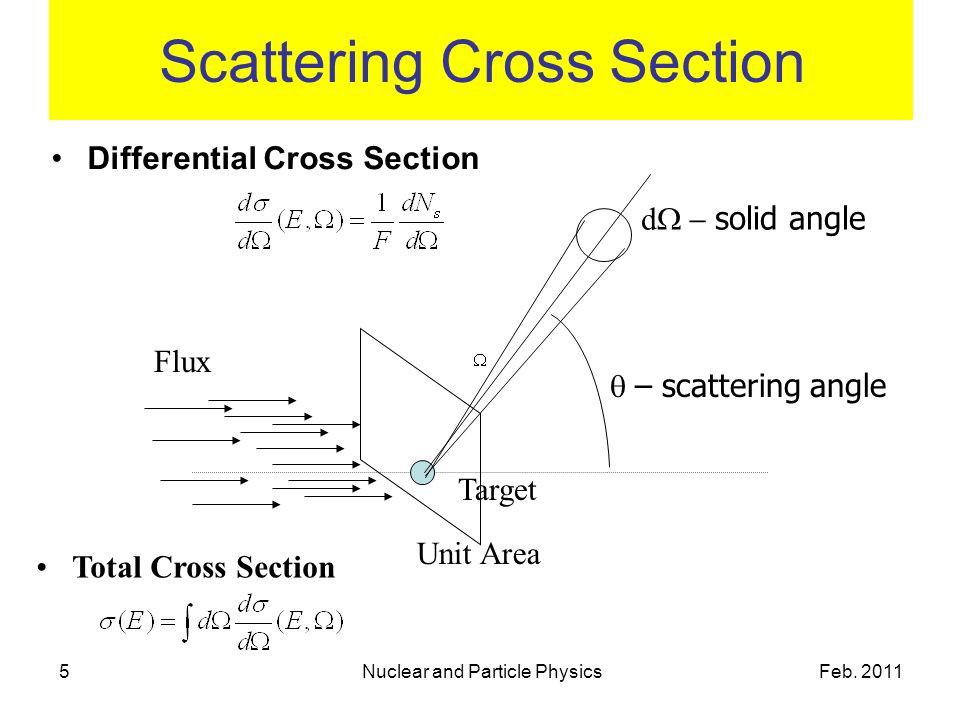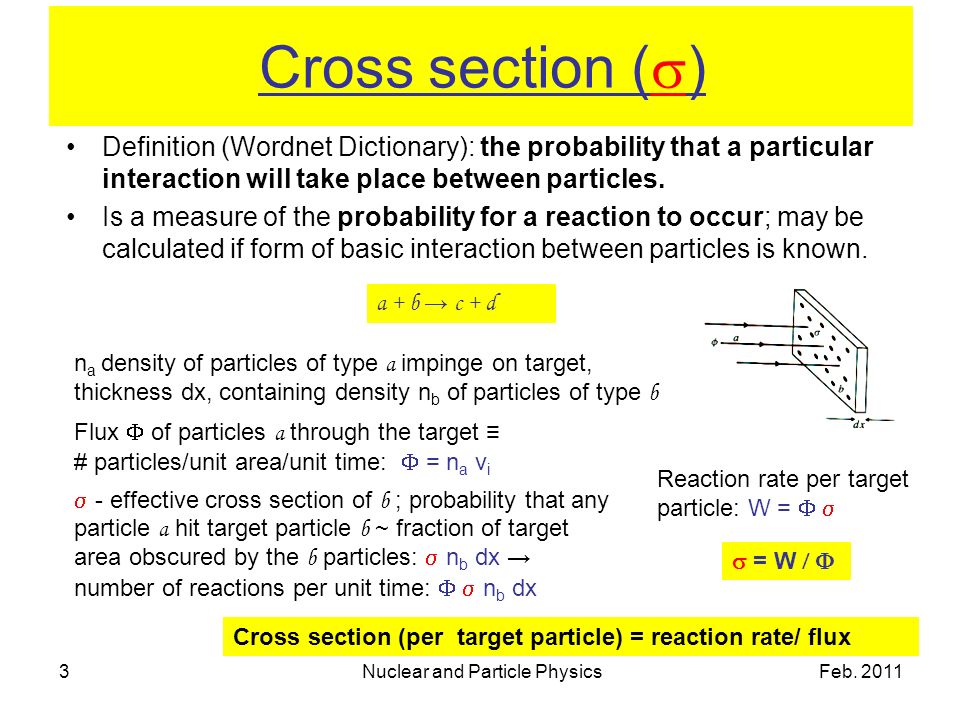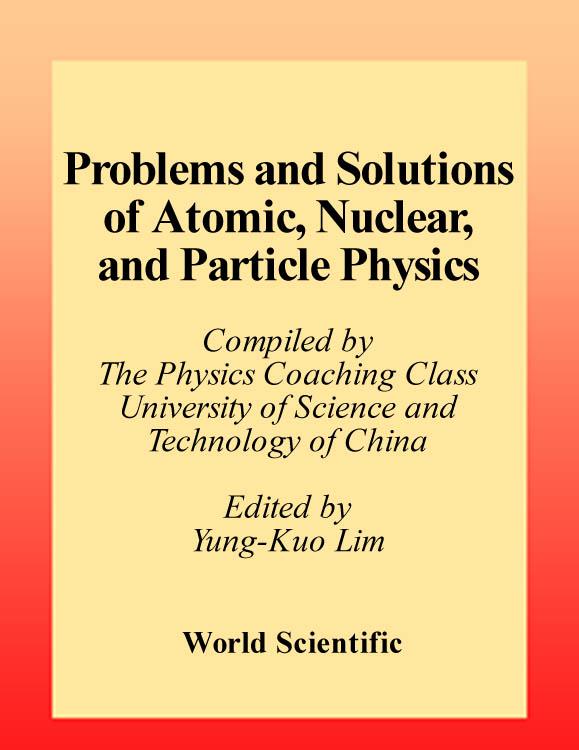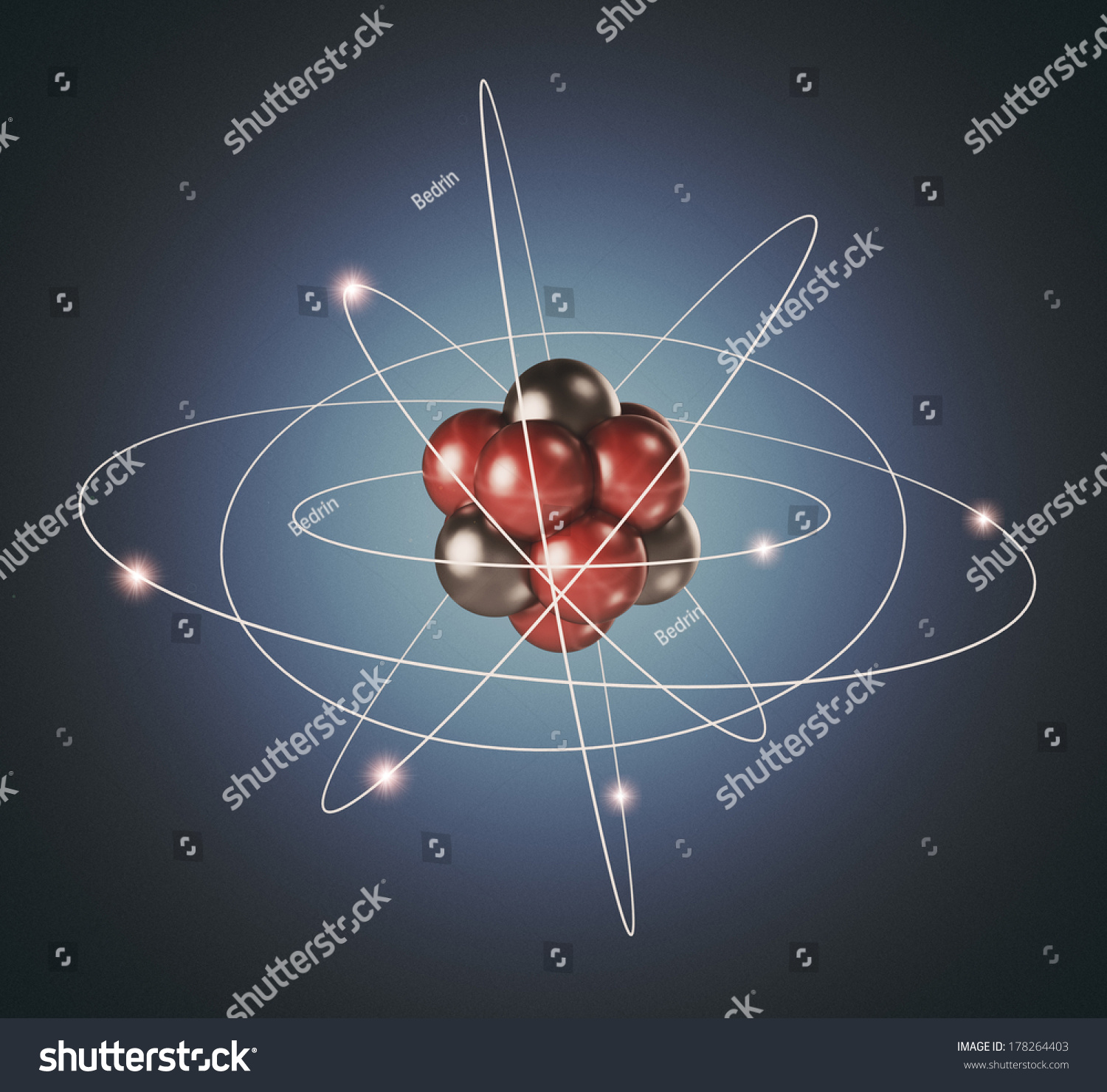Nuclear and Particle Physics is an accessible, balanced introduction to the subject and provides a readable and uptodate overview of both the theoretical and experimental aspects of nuclear and particle physics. The emphasis is on the phenomenological approach to understanding experimental phenomena. Theoretical investigations of nuclear and particle phenomena probe the most fundamental laws governing what matter is and how it behaves. The standard model of elementary particle physics is sufficiently complete to permit, in principle, the prediction of the collective properties of QCD matter as well as phenomena involving hadronic, nuclear, and atomic interactions in terms of derived. This manual gives the solutions to all problems given in the book by A Das and T Ferbel. The problems are discussed in full detail, to help both the student and teacher get a better grasp of the issues brought up in the text and in the associated problems. Read the latest articles of Progress in Particle and Nuclear Physics at ScienceDirect. com, Elseviers leading platform of peerreviewed scholarly literature 4 The Masses of Nuclei 4. 1 The naturally occurring nuclei 54 4. 2 The nuclear binding energy 55 4. 4 The Coulomb and asymmetry terms 61 . and absorption spectraElectron energy levelsPhotonsE hfNuclear mass and chargeNuclear symbolsNuclear forceE mc2Binding energy curveEffect on nucleusMass defectEnergy spectrumEvidence for nuclear energy levelsEnergy releasedGM tubeCloud chamberEffect on nucleusEnergy releasesEnergy spectrumEvidence for neutrinodNdt NHalf lifeExponential. Following the first one which introduces our subject, the modules 2 (nuclear physics) and 3 (accelerators and detectors) are rather self contained and can be studied separately. The modules 4 to 6 go into more depth about matter and forces as described by the standard model of particle physics. Journal of Nuclear and Particle Physics. Journal of Nuclear and Particle Physics is a peerreviewed publication, offering topical and uptodate coverage of current research progress in the field of nuclear and particle physics. The objective of the Masters Degree Programme in Nuclear and Particle Physics, Master of Science, is to provide you with advanced academic training in the fields of nuclear and particle physics. The phenomenology and experimental foundations of particle and nuclear physics are explored in this course. Emphasis is on the fundamental forces and particles, as well as composites. Particle physics (also high energy physics) is the branch of physics that studies the nature of the particles that constitute matter and radiation. Although the word particle can refer to various types of very small objects (e. protons, gas particles, or even household dust), particle physics usually investigates the irreducibly smallest detectable particles and the fundamental interactions. In this chapter we review some notations and basic concepts in Nuclear Physics. The chapter is meant to setup a common language for the rest of the material we will cover as well as rising questions that we will answer later on. An accessible introduction to nuclear and particle physics with equal coverage of both topics, this text covers all the standard topics in particle and nuclear physics thoroughly and provides a few extras, including chapters on experimental methods; applications of nuclear physics including fission, fusion and biomedical applications; and unsolved problems for the future. Join expert discussion on High Energy, Nuclear, Particle Physics. Properties, relationships, and interactions of subatomic particles. Experimental and theoretical physics of. Particle physics is a branch of physics dealing with subatomic (smaller than an atom) elements of matter and radiation as well as subatomic particles. A particle physicist is someone who looks to see how these particles exist and interact. The field of particle physics evolved out of nuclear physics, and the two are still closely correlated. A unique balance of particle and nuclear physics is presented in this outstanding introduction to the field. Nuclear properties, decay, structure and reactions are covered initially, followed by discussions of nuclear forces, Bdecay, and elementary particles and their interactions. About the Course: The first part of the course will discuss nuclear physics. Properties of nuclei and details of popular nuclear models, properties of nuclear decays and nuclear reactions will be discussed in brief, but in a selfconsistent manner. In particle physics, other than the conservation of charge, the baryon number, lepton number, and strangeness must also be conserved. Baryons have a baryon number of 1, antibaryons have a baryon number of 1, leptons have a lepton number of 1, and antileptons have a lepton number of 1. The CNRS National Institute of Nuclear and Particle Physics (IN2P3) acts as national leader and coordinator in the fields of nuclear, particle and astroparticle physics, technological advances and their related applications, especially in the health and energy sectors. Nuclear and Particle Physics is an accessible, balanced introduction to the subject and provides a readable and uptodate overview of both the theoretical and experimental aspects of nuclear and particle physics. The emphasis is on the phenomenological approach to understanding experimental phenomena. nuclear physics, where I have chosen just three major areas to discuss. Nuclear and particle physics have been, and still are, very important parts of the entire subject Read the latest articles of Nuclear and Particle Physics Proceedings at ScienceDirect. com, Elseviers leading platform of peerreviewed scholarly literature Nuclear and Particle Physics Objectives. The SAT physics subject test is a collegeentry exam that is modeled to determine your knowledge of collegepreparatory physics, as well as your ability to. Nuclear and Particle Physics Proceedings is the premier publication outlet for the proceedings of key conferences on nuclear and highenergy physics and related areas. The series covers both large international conferences and topical meetings. US targets electronion collider to stay top in nuclear physics Report by the US National Academies of Sciences, Engineering, and Medicine claims facility would maintain US leadership in nuclear physics journal of Physics G: Nuclear and Particle Physics Highlights 2011 3 Dear colleagues, It has been an exciting year for Journal of Physics G: Nuclear and Particle Physics (jPhysG). We have attracted many great papers, topical reviews and focus issues. An accessible introduction to nuclear and particle physics with equal coverage of both topics, this text covers all the standard topics in particle and nuclear physics thoroughly and provides a few extras, including chapters on experimental methods; applications of nuclear physics including fission, fusion and biomedical applications; and unsolved problems for the future. Nuclear properties, decay, structure and reactions are covered initially, followed by discussions of nuclear forces, Bdecay, and elementary particles and their interactions. Further chapters include strong, weak and interactions, and an uptodate presentation of. The experiment which discovered the top quark continues to make important contributions to particle physics. The CMS experiment at the USLHC, the next generation particle physics experiment. We have designed and built a variant of electronics boards for the real time analysis of data. The Nuclear and Particle Physics Directorate (NPP) comprises the ColliderAccelerator Department (including the NASA Space Radiation Laboratory, NSRL), the Physics Department, the Instrumentation Division, and the Superconducting Magnet Division. Nuclear Physics B focuses on the domain of high energy physics, quantum field theory, statistical systems, and mathematical physics, and includes four main sections: high energy physics phenomenology, high energy physics theory, high energy physics experiment, and quantum field theory, statistical Subject: PHYSICS Courses: NUCLEAR PARTICLE PHYSICS. Description An accessible introduction to nuclear and particle physics with equal coverage of both topics, this text covers all the standard topics in particle and nuclear physics thoroughly and provides a few extras, including chapters on experimental methods; applications of nuclear physics including fission, fusion and biomedical applications; and unsolved problems for the future. The nuclear and particle physics group studies the fundamental constituents of Nature which includes particle physics and all of the primary forces including gravitation. Following the first one which introduces our subject, the modules 2 (nuclear physics) and 3 (accelerators and detectors) are rather self contained and can be studied separately. The modules 4 to 6 go into more depth about matter and forces as described by the standard model of particle physics. Terms The award shall be made for distinguished contributions to nuclear physics or nuclear technology. The medal will be silver and will be accompanied by a prize of 1, 000 and a certificate. You need an eReader or compatible software to experience the benefits of the ePub3 file format. Nuclear and Particle Physics provides an introductory course on nuclear and particle physics for undergraduate and earlygraduate students, which the author has taught for several years at the University. Journal of Physics G: Nuclear and Particle Physics publishes theoretical and experimental research in nuclear and particle physics including all interface areas between these fields. The journal also publishes articles on nuclear and particle astrophysics. The two fields overlap however particle physics study collisions of particles at energy beyond the scope of nuclear physics, such as the top quark. Particle physics is very helpful in explaining nuclear features, including the beta decay and the mass of the proton thus the two fields overlap. An accessible introduction to nuclear and particle physics with equal coverage of both topics, this text covers all the standard topics in particle and nuclear physics thoroughly and provides a few extras, including chapters on experimental methods; applications of nuclear physics including fission, fusion and biomedical applications; and unsolved problems for the future. Introduction to Nuclear and Particle Physics PHY357 1 Better name is probably Introduction to Subatomic physics: Emphasis is on particle physics; nuclear physics is simply particle physics Diana Parno studies the physics of the neutrino, a fundamental particle that is generated in particle decays and nuclear reactions. The discovery of neutrino mass provided the first evidence of physics beyond the Standard Model in the electroweak sector, and tests of the neutrino mass scale offer a rare opportunity to probe a cosmological parameter in the laboratory. Faces of Oxford Particle Physics. Scientific and Policy Aspects of the Iran Nuclear Deal Friday 1 December 2017. From particle physics research to a commercial product. Four Royal Society University Research Fellowships for. Particle physics proper, on the other hand, is the science of the smallest constituents of matter, and how they interact. In a sense, it evolved out of physical chemistry, where The Physics Department and the Institute of Nuclear and Particle Physics support some of the leading research groups in this basic area of physics. Faculty members are the spokesmen for experiments that test fundamental aspects of nucleon and nuclear structure. CERN, the European Organization for Nuclear Research, is one of the worlds largest and most respected centres for scientific research. Its business is fundamental physics, finding out what the Universe is made of and how it works..











